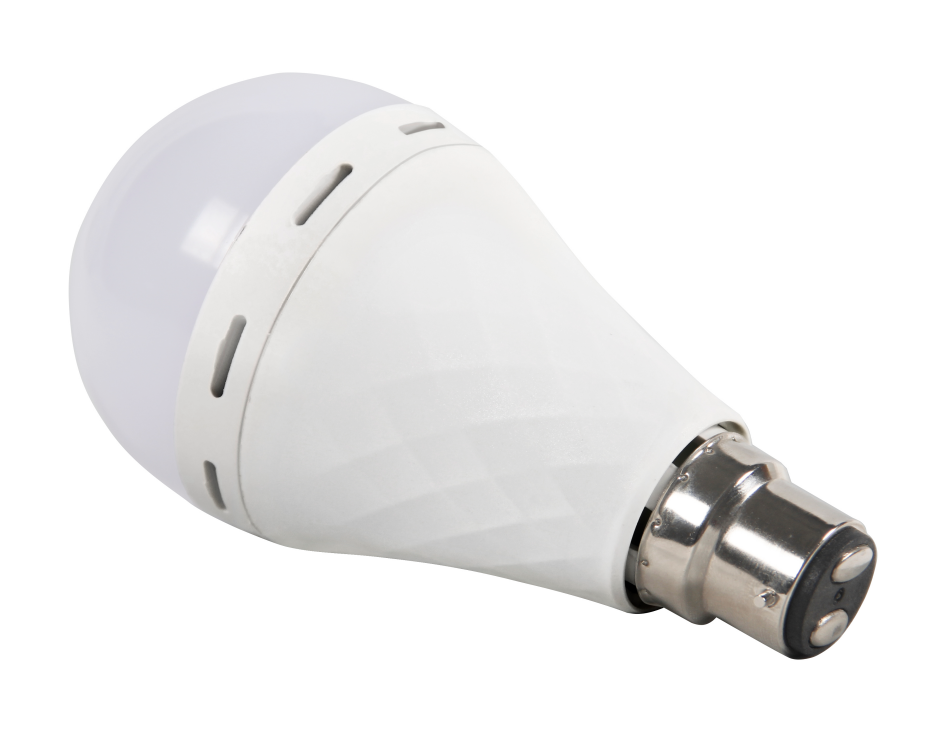1. Do LED bulbs heat up?
Like any other light source, LED bulbs will generate a certain degree of heat when they are lit, but the heat generated by LED bulbs is much lower than that of traditional incandescent and halogen bulbs.
LED bulbs do generate heat when they are working, which is due to the problem of energy conversion efficiency. The heat generated by LED lights is much lower than other lighting options because it is more energy-efficient. On average, LED bulbs convert 80% of electrical energy into light. In contrast, traditional bulbs can only convert 10% to 15% of the consumed energy into light. This means that when the LED light is connected to the power supply and starts working, due to the limitation of energy conversion efficiency, most of the electrical energy is not directly converted into light energy, but released in the form of heat energy. Therefore, it is normal for LED bulbs to heat up when they are working.
2. What factors are related to the heating of LED bulbs?
The degree of heating of LED bulbs is related to multiple factors, including its power, heat dissipation design, and ambient temperature. Generally speaking, LED bulbs with higher power will generate more heat, and good heat dissipation design can effectively reduce the temperature of the bulb.
LED lights allow any heat generated to dissipate. LED lights are equipped with heat sinks that absorb the heat generated by the LED and release it into the surrounding air. In addition, the ambient temperature also affects the heating of LED bulbs. For example, in high temperature environments in summer, the heating of LED bulbs will be more obvious.
3. Why are LED bulbs cooler to the touch than traditional bulbs?
LED bulbs are cooler to the touch for the following three reasons:
LED bulbs generate much less heat than traditional bulbs.
LED bulbs do not usually generate heat in the form of infrared radiation. In contrast, traditional bulbs generate a lot of infrared radiation, heating the outer shell and making it too hot to touch.
The heat generated by LED bulbs is absorbed by the heat sink located at the bottom of the bulb and dissipated into the air, helping the LED bulbs stay cool.
4. How to ensure the safety and long-term use of LED bulbs?
Although LED bulbs generate heat, they are generally more energy-efficient and have a longer service life than traditional lighting devices. This is because they are able to convert more electrical energy into light energy instead of heat. However, to ensure the safety and long-term use of LED bulbs, proper heat dissipation measures (heat sink and ventilation, etc.) are necessary to prevent performance degradation or damage caused by overheating. It is also necessary to choose high-quality LED bulbs, because high-quality bulbs have better light sources and better quality heat sinks.
5. Are LED bulbs fire hazards?
LED bulbs are not fire hazards. However, they may catch fire if the wiring circuit is faulty or aged, or if the bulb is not installed correctly. Incandescent bulbs can reach a temperature of 216°C in just a few minutes, while the temperature of LED bulbs will never reach such a high temperature. Therefore, in themselves, they do not constitute a fire hazard.
In summary, we should always choose high-quality LED bulbs, because low-quality LED bulbs may not be as effective as high-quality bulbs in managing heat and are prone to fire hazards. KOFILighting sell high-quality LED bulbs, which are energy-saving, durable, safe to use and have quality assurance. Welcome to consult.


